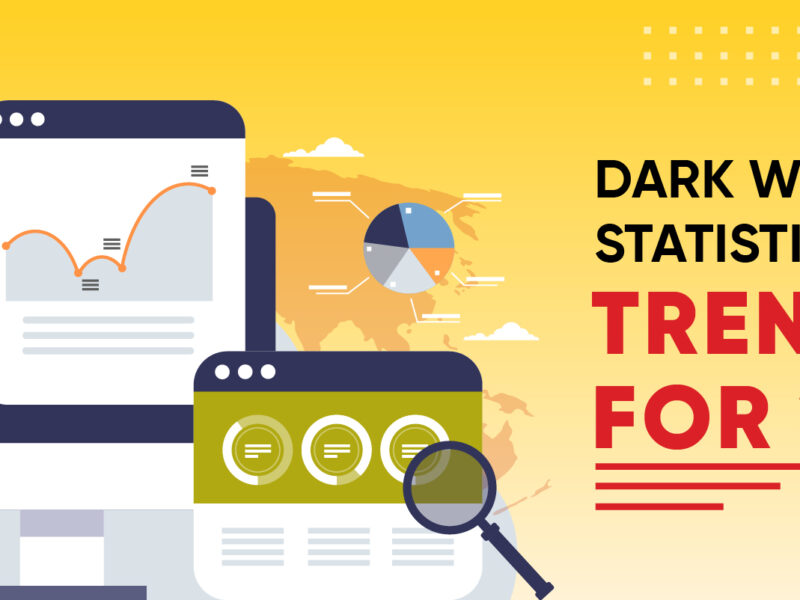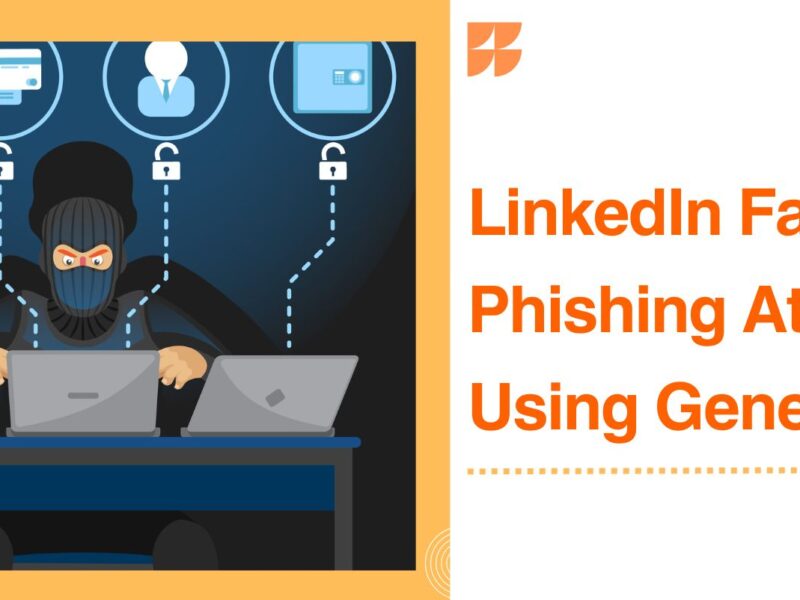
Cyberbullying: Its impact on both Society and Security: Learn how Protegent Complete Security can help.
India is one of the nations with the highest percentage of active internet users, which is not surprising. The reach is far wider than it has ever been because of the affordable data plans and better network accessibility. And in the foreseeable future, it will only continue to expand. This supports the need for cybersecurity legislation to be more effective.
There are many benefits to having a higher internet penetration, but there are also drawbacks. It makes a lot of online harassment and abuse possible. Bullying that occurs online is not a recent phenomenon; it has been for some time. However, as more people use the internet, more cases of cyberbullying will emerge in the years to come.
Several studies demonstrate the level of cyberbullying that Indian children experience. 85% of Indian children experience some kind of internet bullying (Source: TOI). In addition to immediate and short-term effects, it may also have long-term effects on children’s mental health. It has to be closely watched as a result.
India now has one of the biggest numbers of internet users, surpassing the population of several other nations worldwide thanks to millions of new users each year. Nearly half of the population in rural India lacks access to digital services, despite a recent rise in connectivity that has had a substantial influence on even remote people. It brought new issues of online child exploitation, particularly for children and adolescents who make up a sizeable portion of users.
What is cyberbullying?
Bullying that occurs online is known as cyberbullying. Bullying occurs through internet communication and might take the form of abuse, intimidation, or threats. These can happen via texts or chat systems that enable you to communicate with other gamers.
The most extreme types of cyberbullying include doxing, trolling, personal threats of damage, and sexual harassment. Even worse, some kids experience exclusion from organizations and name-calling as forms of bullying.
According to the definition of cyberbullying, it may also entail deceit and, in rare instances, person impersonation. Contrary to popular belief, a cybersecurity policy may be quite useful in some of these circumstances. You may make better decisions if you are aware of the coverage and Cyber Insurance in India.
Types of Cyberbullying
Cyberbullying has evolved over time to take many different forms. Following are some prevalent forms of cyberbullying:
- Flaming: Employing hurtful language within emails, text messages, or chat rooms to target an individual.
- Harassment: Transmitting messages that are hurtful, hateful, or menacing in nature.
- Cyberstalking: Pursuing an individual online and dispatching emails or messages with the intention of inducing fear, harm, or intimidation.
- Exclusion: Purposefully omitting an individual from a group and disseminating malicious comments or messages concerning them.
- Impersonation/masquerading: Assuming a false identity to tarnish an individual’s standing, coupled with the public sharing of factual or fabricated information about them.
- Trolling: Willfully inflicting harm on an individual by publishing offensive or provocative remarks.
- Fraping: Exploiting an individual’s social networking accounts to post inappropriate content aimed at damaging their reputation.
Children Victims of Cyberbullying
With over 85% of youngsters reporting it, India has the greatest rate of cyberbullying in the whole world. In India, more kids than anywhere else reported cyberbullying a stranger (46% vs. 17% internationally), and more kids than anywhere else reported cyberbullying someone they know (48% vs. 21% globally). The top three forms of cyberbullying in India were spreading false rumors (39%), getting banned from chats or groups (35%), and name-calling (34%).
Indian children are most likely to experience racial cyberbullying, according to studies done to determine the prevalence of the practice and its effects. The survey’s findings indicate that more Indian children—about 42%—than the global average of 28%—have experienced racial cyberbullying.
Other numbers might be extremely frightening at times. Apart from racist cyberbullying, personal insults, trolling, and sexual harassment have affected Indian youngsters twice as much. Trolling has happened to 36% of Indian children, compared to a global average of 19%. In India, children experience 30% more sexual harassment than the global average of 15%. (Source: TOI).
In certain instances, it is much more severe. Compared to the global average of 13%, 28% of Indian youngsters have been threatened with physical violence. Additionally, the figures for doxing remain consistent. While doxing has affected 23% of youngsters in India, the global average is 9%.
When compared by age category, younger children are more likely to experience cyberbullying than older children. Additionally, girls are more likely to experience sexual harassment online. 32% of girls between the ages of 10 and 14 have experienced it, compared to 34% of girls between the ages of 15 and 16 and 21% of girls between the ages of 17 and 18. (Source: TOI).
Cyberbullying can often be traced back to a lack of awareness and, in certain instances, insufficient coverage provided by cyber security insurance.
Effects of Cyberbullying
Exposure to cyberbullying can lead to a range of detrimental effects on a child’s well-being. These effects encompass:
- Eroding self-esteem and self-confidence.
- Exhibiting a proclivity to isolate oneself from peers and seek solitude.
- Displaying hesitance to grant access to personal devices for family members’ use.
- Sudden changes in weight or alterations in appearance.
- Disruptions in eating and sleeping routines.
- Experiencing feelings of vulnerability, exposure, and humiliation.
- Formulating excuses to avoid attending school.
- Bearing physical marks from self-inflicted harm, often concealed under clothing.
- Undergoing shifts in personality, characterized by heightened anger, periods of depression, and bouts of tearfulness.
- Manifesting a decline in performance across academics, sports, and extracurricular engagements.
Why is this happening?
The high occurrence of cyberbullying in India is attributed in part to a lack of internet safety understanding and teaching. Many children and teens are unaware of the risks of communicating with strangers or sharing personal information online. Furthermore, there is a lack of understanding of how cyberbullying impacts both the victim and the perpetrator.
There are numerous methods that may be implemented in India to address cyberbullying.
Firstly, education and awareness are critical in combating cyberbullying in India. Schools and colleges may help to educate students about cyberbullying and its effects.
We can fight cyberbullying and make the internet a safer place by teaching people about the dangers of cyberbullying, encouraging responsible technology use, empowering bystanders, and promoting mental health.
Secondly, parents must be aware of the problem and supervise their children’s online activity in order to keep them from becoming victims or perpetrators of cyberbullying. Parents may help to make the internet a safer place for their children and others by teaching them about cyberbullying, supporting responsible internet use, encouraging open communication, promoting empathy and compassion, and being supportive of their kids.
Thirdly, social media sites may take action to combat cyberbullying. They can enact stronger regulations and standards to avoid cyberbullying, such as prohibiting phony profiles and giving methods for reporting cyberbullying. They can also collaborate with law enforcement authorities to identify and prosecute cyber bullies. Artificial intelligence (AI) and machine learning can be used by social media platforms to detect and remove cyberbullying content before it spreads. Cyberbullying behavior patterns may be identified with this technology, and efforts can be taken to prevent it from worsening.
Lastly, stronger coordination between the government, civic society, and the commercial sector is required to combat cyberbullying in India. This might include initiatives to improve digital literacy, aid to victims of cyberbullying, and efforts to create a more secure and inclusive online environment.
How to Prevent Cyberbullying
The greatest method to combat cyberbullying is to educate youngsters about its dangers. Schools should hold cyberbullying courses because most youngsters currently have social media accounts on sites such as WhatsApp or Facebook.
Parents must also be educated on how and why electronic communication gadgets should not be used as ‘toys’ by their children. They should also spend more time with their children, monitor their internet activities, and teach them not to give personal information to strangers, explain the dangers of cyberbullying, and recognize any unusual changes in their behavior or attitude.
Reporting Cyberbullying in India
If it is evident that a kid is being cyberbullied, or if parents suspect that their child is being cyberbullied, the issue should be reported to the proper authorities. Parents should perform the following:
- Find and disable the bully’s phone number to stop him or her from sending messages.
- Save all of the bully’s chats, postings, and emails for future use as proof.
- Inform service providers of the bully’s phone number/account information – all social networking sites offer this feature.
- If the bullying persists, file a report with the local police’s cybercrime unit.
Anti-bullying or cyberbullying legislation for schools and universities in India
The effect of digital technology is felt not only in the mental but also in the physical realm. Cyberbullying may cause children to change schools and families to relocate, as well as affect someone’s digital identity and mental health. Understanding the issues that occur as a result of it, much alone finding effective solutions, can be tough for parents, schools, and even law enforcement. Accurate prevention is feasible, but there appear to be insufficient tools, methods, or strategies in place at this moment.
Other laws that can be utilized to combat cyberbullying are listed below.
- Publication or transmission of obscene material – Sec. 67
- Sexually explicit material published or transmitted electronically – Sec. 67A
- Acts that insult the modesty of a woman – Sec. 509
- The IPC section 499 prohibits the sending of defamatory e-mails.
- A violation of Sec. 292A is the printing, selling, or advertising of grossly indecent or scurrilous material or material intended for blackmail.
- Contacting a woman or attempting to contact her – Sec. 354D
- Making sexually colored remarks is a violation of Section 354A of the Criminal Code
- 66E – Violation of privacy
- Anonymity in criminal intimidation – Sec. 507 of the Penal Code
With the rise in bullying in schools, particularly in boarding institutions in India, the HRD ministry has established anti-ragging committees to combat the problem. These committees work to punish students who participate in the activities and to rusticate students who are extensively active in bullying. The University Grants Commission establishes anti-ragging policies in universities and colleges, with proper UGC regulations on reducing the rate of ragging in higher education institutions.
In an age where digital interactions dominate our lives, maintaining our children’s online safety and well-being has become critical. The increase in cyberbullying puts their mental health and general security at risk. Protegent Complete Security Software emerges as a formidable ally in the battle to protect children from cyberbullying, providing a full suite of technologies designed to create a digital barrier.
- Real-time Monitoring and Alerts: Protegent Total Security Software employs cutting-edge technology to monitor children’s online activities in real-time. It scans messages, social media interactions, and content to detect signs of cyberbullying. If any suspicious or harmful content is identified, the software promptly sends alerts to parents or guardians, allowing them to intervene and address the situation effectively.
- Content Filtering and Blocking: With Protegent, parents can establish content filtering and blocking rules to ensure that children are not exposed to inappropriate or harmful content. This extends to blocking access to websites or platforms known for cyberbullying activities. By controlling their online environment, parents can reduce the risk of children encountering bullies or harmful content.
- Social Media Monitoring: Cyberbullying often takes place on social media platforms. Total Security actively monitors children’s interactions on these platforms, analyzing messages, posts, and comments for signs of harassment. If cyberbullying behaviors are detected, parents are promptly informed, enabling them to address the issue before it escalates.
- Privacy Protection: Protegent prioritizes privacy protection by preventing the unauthorized sharing of personal information. It teaches youngsters the significance of protecting personal information and encourages appropriate online conduct, lowering the probability of falling victim to cyberbullying methods that exploit personal information.
- Parental Control and Reporting: The Total Security software offers robust parental control features, enabling parents to set usage limits, define online hours, and control access to specific apps or websites. Additionally, the software generates detailed reports on children’s online activities, allowing parents to gain insights into their digital behavior and identify any potential signs of cyberbullying.
- Educational Resources: The software goes beyond monitoring and protection by offering educational resources. It equips children with knowledge about cyberbullying, its consequences, and how to respond if they encounter it. By empowering children with this awareness, the software helps them become more resilient in the face of online threats.
- Multi-device Support: Children often access the internet through various devices. Total Security offers multi-device support, ensuring that protection is extended across smartphones, tablets, laptops, and desktops. This comprehensive coverage ensures that children are safeguarded regardless of the device they use to connect online.
- Easy-to-Use Interface: Protegent is designed with user-friendliness in mind. The software’s intuitive interface allows parents to manage settings, monitor activities, and receive alerts without technical expertise. This accessibility ensures that parents can effectively utilize the software’s features to protect their children.
In conclusion, Protegent Total Security Software emerges as a formidable solution in the battle against cyberbullying. By combining real-time monitoring, content filtering, social media scrutiny, privacy protection, and educational resources, the software empowers parents to create a safe digital environment for their children. As cyberbullying continues to evolve, Protegent Total Security remains a steadfast partner in ensuring the well-being of the younger generation in the online world.




